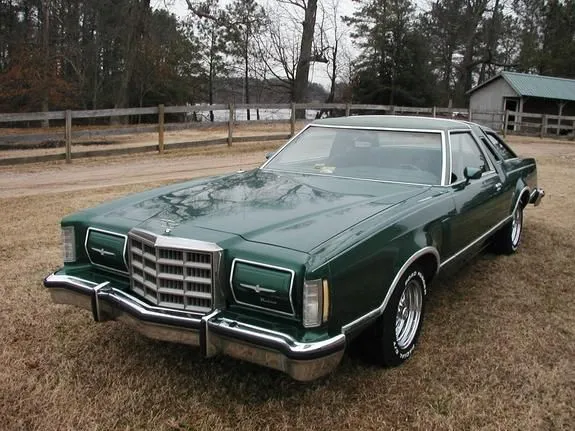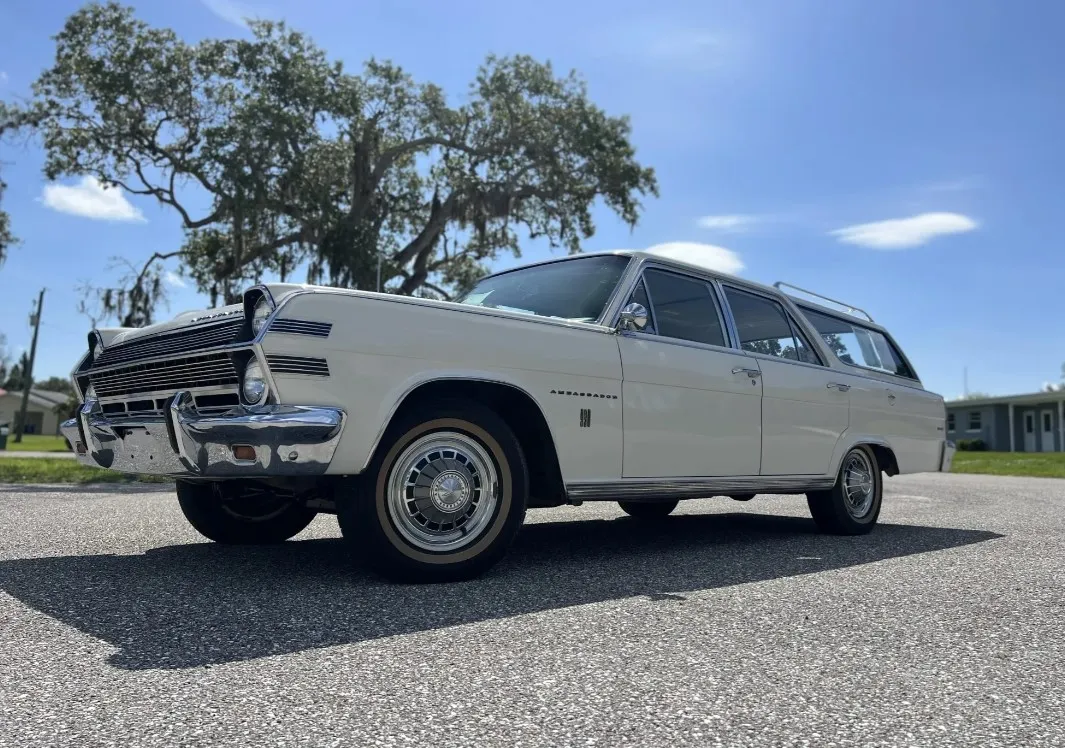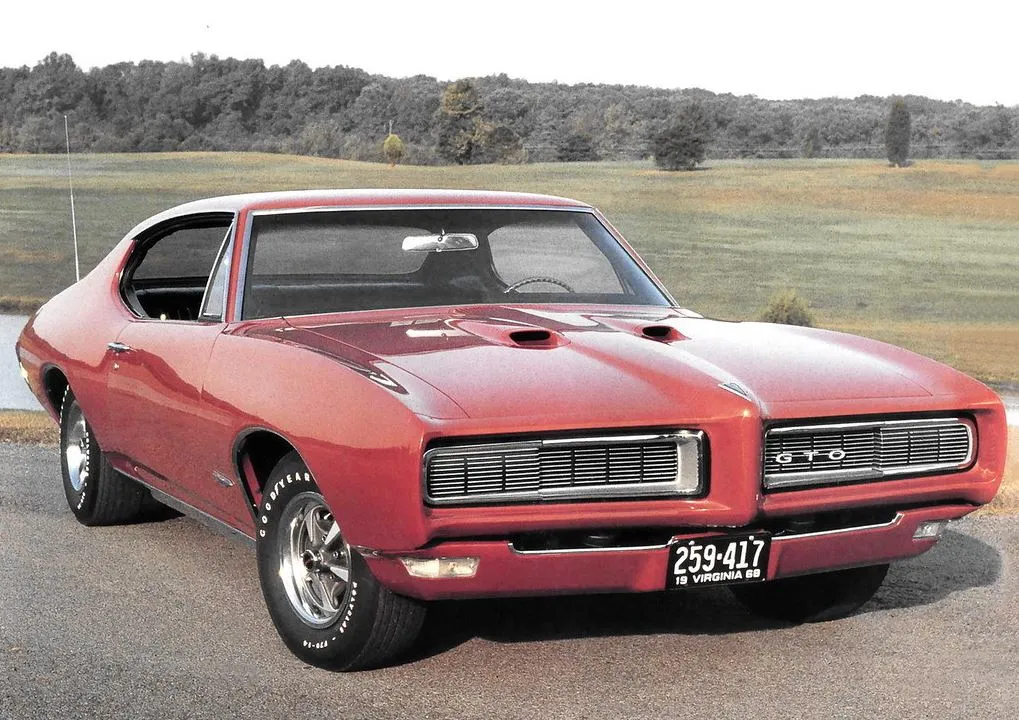The year 1963 witnessed the birth of several iconic automobiles, each leaving an indelible mark on the world of sports cars. Among these automotive gems was the Reliant Sabre 6, a British sports car that combined sleek design, innovative engineering, and thrilling performance. In this article, we will delve into the history, design, engineering, and enduring legacy of the Reliant Sabre 6, celebrating the craftsmanship and innovation that made it a standout sports car of its era.
The Birth of the Reliant Sabre 6
Reliant Motors, a British car manufacturer, was known for producing three-wheeled vehicles. In 1963, the company decided to expand its repertoire and enter the sports car market with the introduction of the Reliant Sabre 6.
The design of the Sabre 6 drew inspiration from the classic sports cars of the era, featuring elegant lines, a low profile, and a distinctly British aesthetic. It was a departure from Reliant's earlier three-wheeled vehicles, signaling their ambition to compete in the sports car segment.
The Stylish Exterior
The Reliant Sabre 6 featured a sleek fiberglass body designed to minimize drag and enhance aerodynamic efficiency. The car's low-slung profile and distinctive front grille exuded a sense of speed and sophistication.
One of the standout design elements of the Sabre 6 was its distinctive headlight configuration, which featured concealed headlights that would pop up when needed, adding to its sleek and timeless appearance.
The Heart of the Sabre: The Engine
At the heart of the Reliant Sabre 6 was its inline-six-cylinder engine. This robust powerplant was designed to deliver both power and reliability. The engine's performance capabilities contributed to the car's reputation as a sports car with real driving excitement.
The Sabre 6 boasted impressive performance figures for its time, with a top speed that exceeded 110 mph and a 0 to 60 mph acceleration time of around 8 seconds. These numbers made it a formidable competitor in the sports car market.
Interior Comfort and Amenities
The interior of the Reliant Sabre 6 was designed with the driver in mind, featuring a comfortable and well-appointed cabin. High-quality materials were used for the upholstery and trim, providing a sense of luxury to complement its sporty character.
For its era, the Sabre 6 offered a range of modern amenities, including an adjustable steering column, comfortable seating, and an array of gauges and controls that were both functional and aesthetically pleasing.
Reliability and Handling
Reliant invested heavily in the development of the Sabre 6's suspension and chassis to ensure exceptional handling characteristics. The car's independent suspension and balanced weight distribution contributed to its reputation for superb road manners.
Reliability was a hallmark of Reliant vehicles, and the Sabre 6 was no exception. It was engineered to withstand the rigors of spirited driving, making it a dependable choice for enthusiasts.
Racing Success and Endurance
The Reliant Sabre 6 made a name for itself on the racing circuit, thanks to its impressive performance and handling capabilities. It competed in various motorsport events, earning accolades and victories.
The Sabre 6's legacy extends beyond the track. It remains a symbol of British automotive engineering and innovation, with a dedicated fanbase that continues to restore and cherish these classic sports cars.
The End of an Era

Despite its popularity, the Reliant Sabre 6 was produced in limited quantities, and production eventually came to an end. The car's discontinuation marked the end of an era for Reliant's foray into the sports car market.
Today, the Reliant Sabre 6 is a sought-after collector's item, with well-preserved examples commanding high prices at auctions. Its rarity and historical significance have cemented its place in automotive history.
Innovations in Materials: Fiberglass Body

One of the key innovations of the Reliant Sabre 6 was its fiberglass body. Fiberglass was a lightweight material that offered several advantages. It contributed to the car's agility, improved fuel efficiency, and enhanced overall performance. The use of fiberglass was also relatively new for British sports cars of the era, setting the Sabre 6 apart from its contemporaries.
Reliant's adoption of fiberglass for the Sabre 6 had a lasting impact on the automotive industry. Fiberglass became more widely used in sports car construction due to its weight-saving properties and resistance to corrosion.
Market Reception and Competitors

The Reliant Sabre 6 was positioned as a niche sports car, appealing to a select group of enthusiasts who appreciated its combination of style and performance. Its limited production numbers added to its exclusivity.
The British sports car market in the 1960s was highly competitive, with iconic brands like Jaguar, Triumph, and MG dominating the scene. The Sabre 6 faced stiff competition, but its unique features and racing pedigree helped it stand out.
Conclusion

In the annals of automotive history, the Reliant Sabre 6 stands as a testament to British engineering and design excellence. Its sleek and stylish exterior, powerful inline-six engine, and exceptional handling made it a formidable contender in the sports car market of 1963. Despite its limited production and eventual discontinuation, the Sabre 6's legacy endures, cherished by collectors and automotive enthusiasts worldwide. As a symbol of Reliant's ambition and innovation, it remains a timeless icon of the era and a reminder of the golden age of British sports cars.


